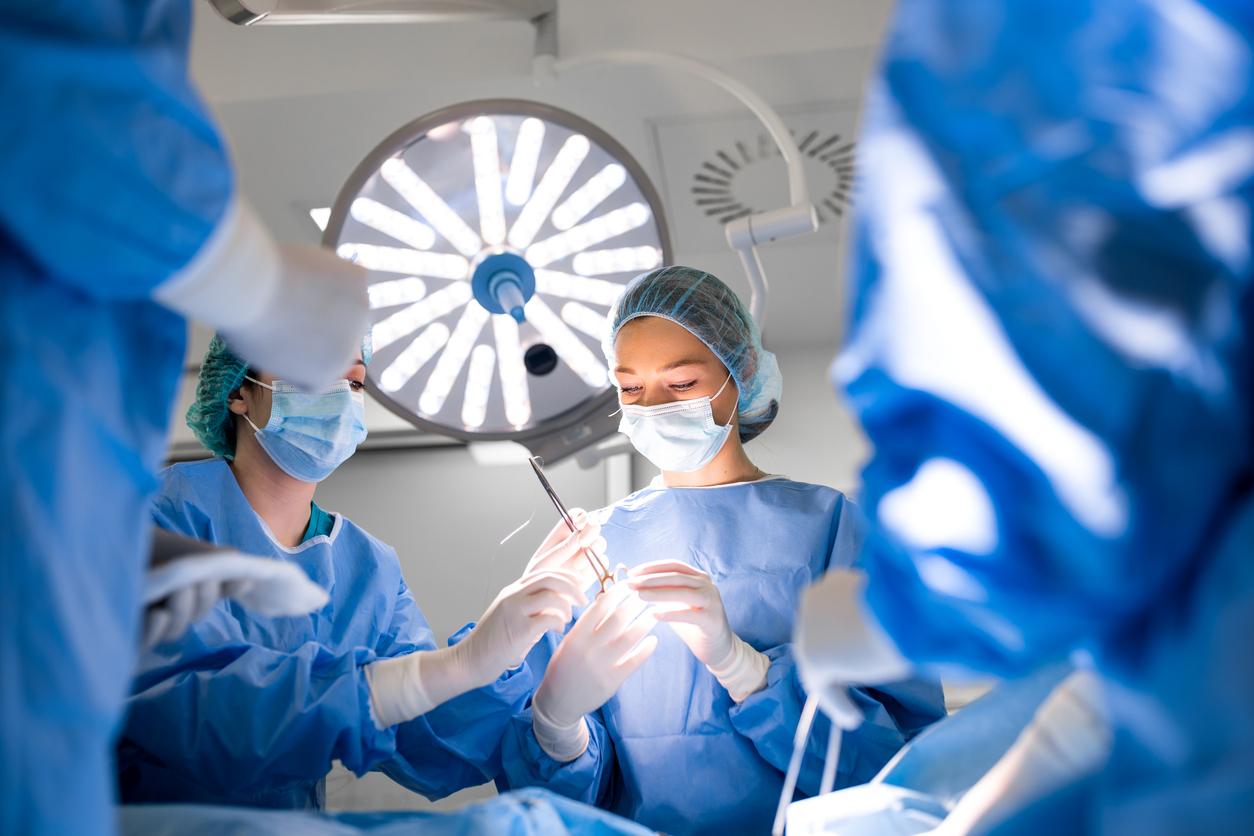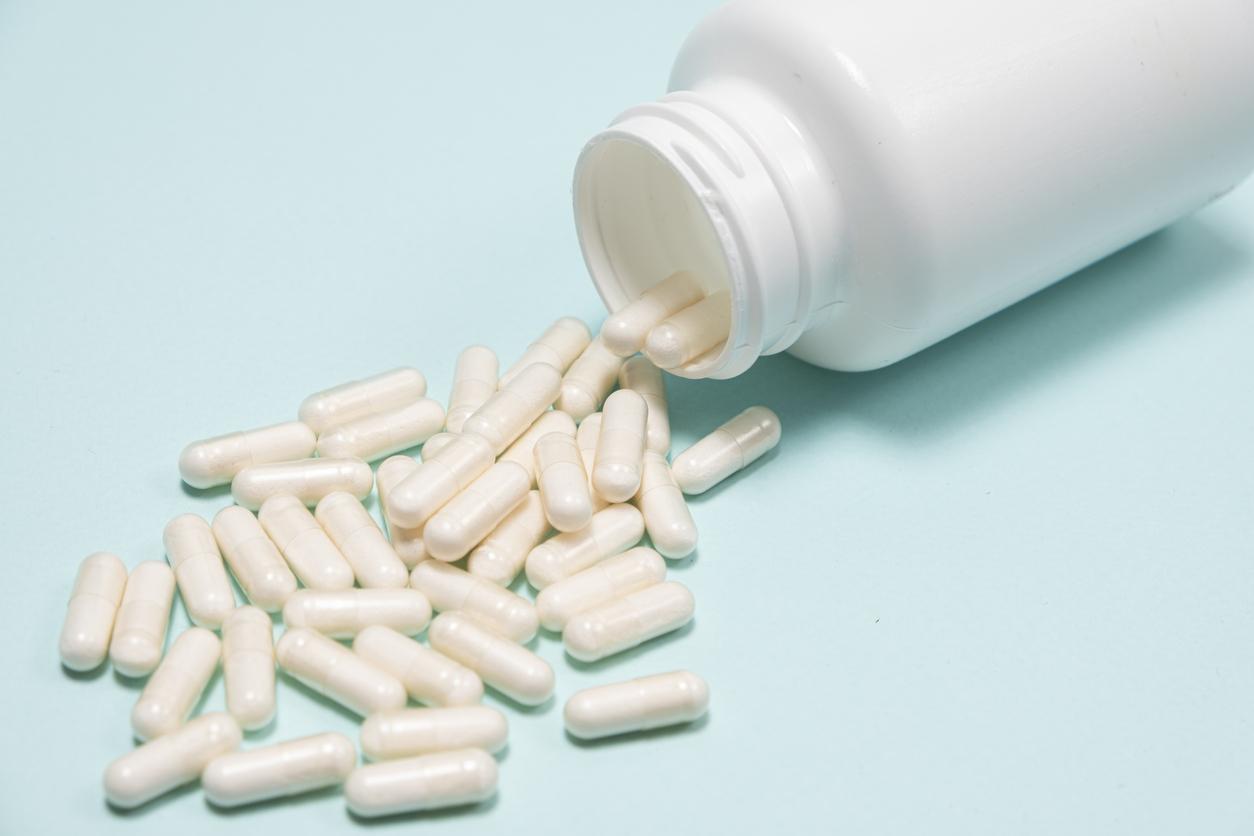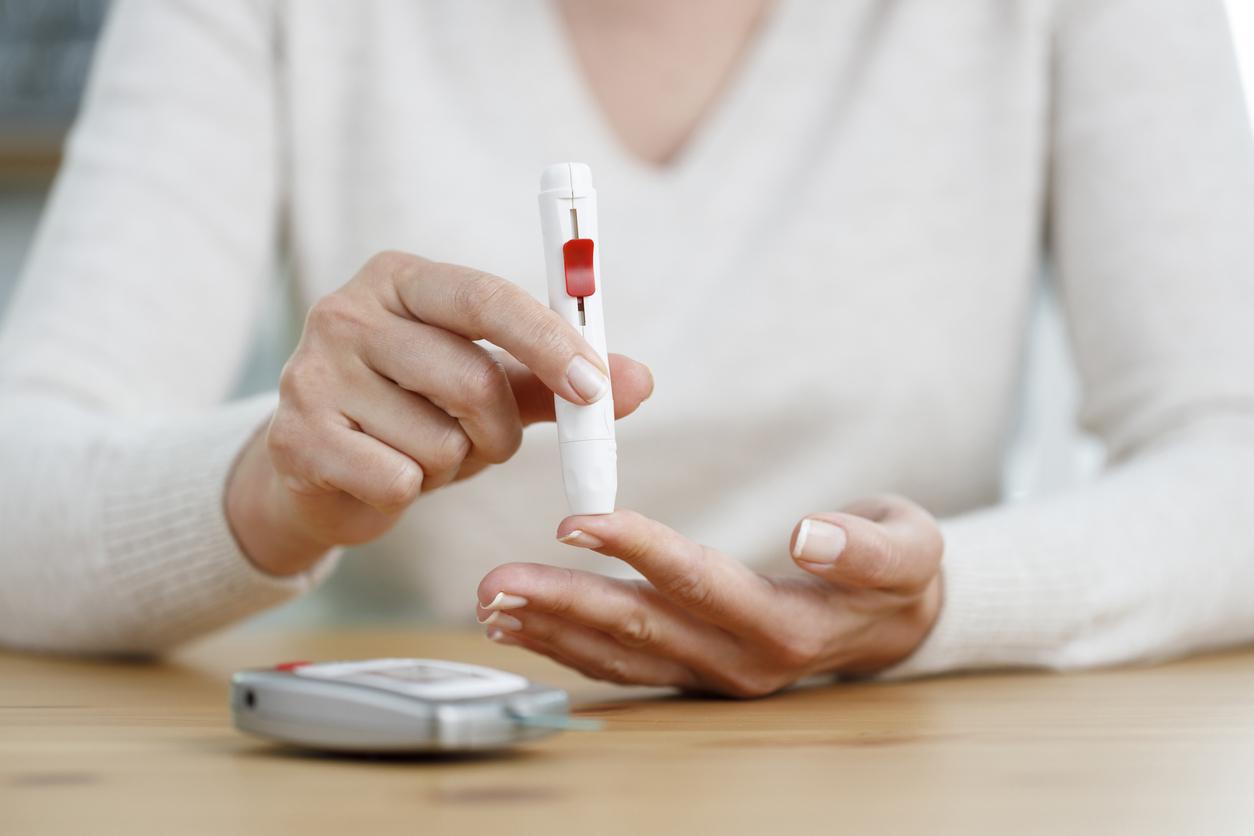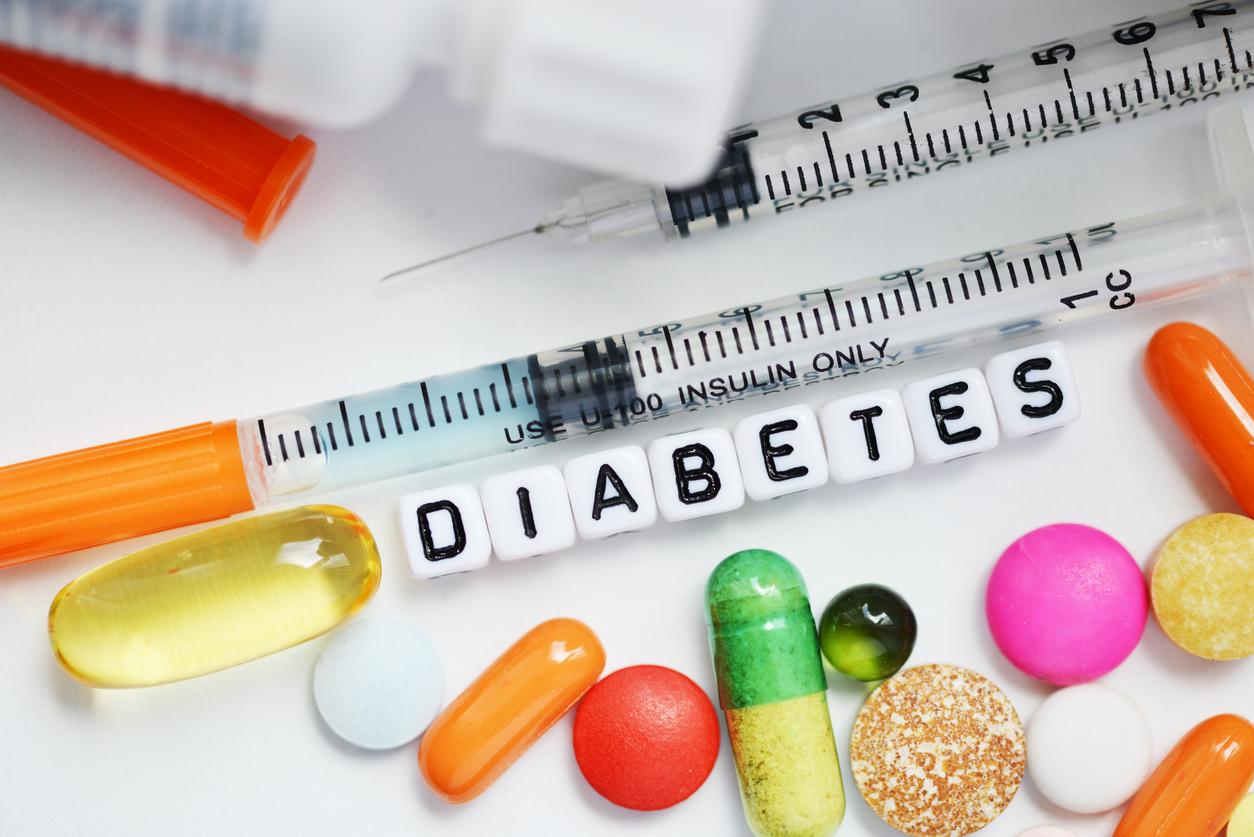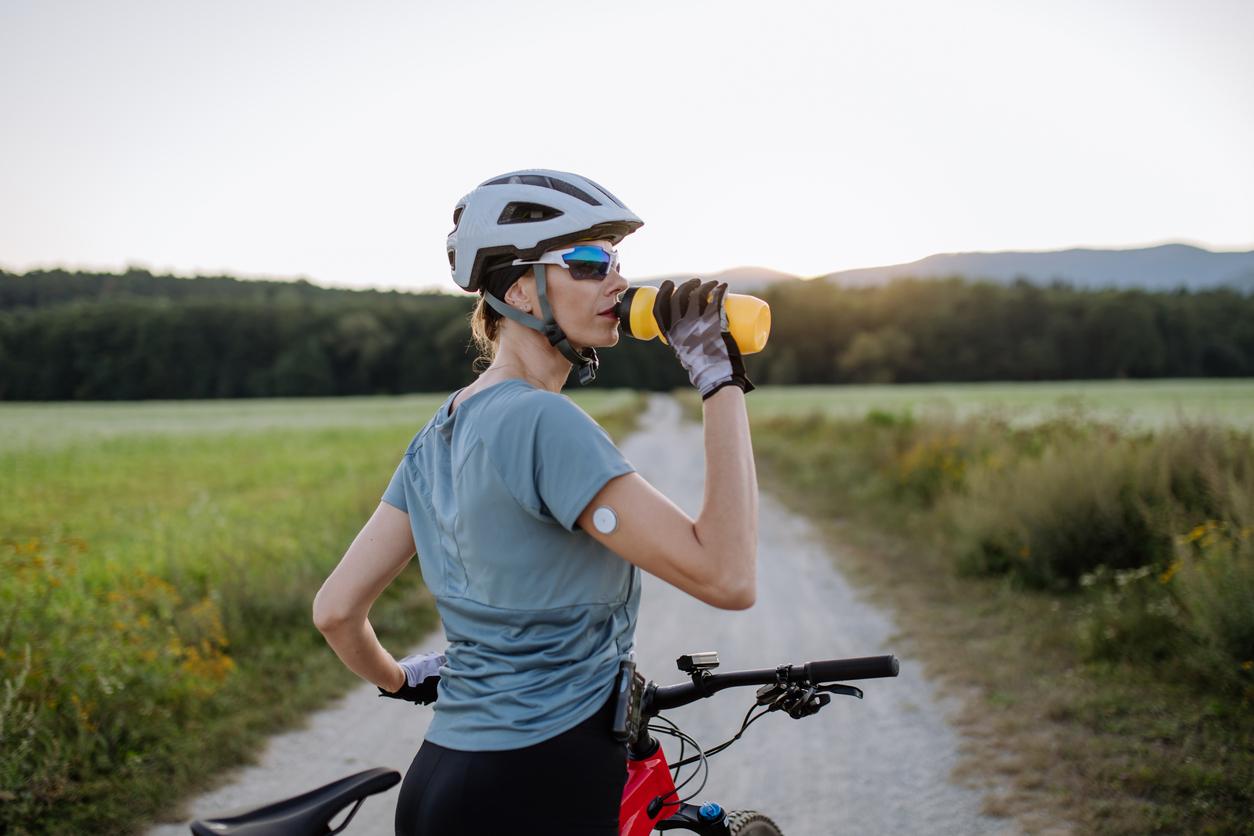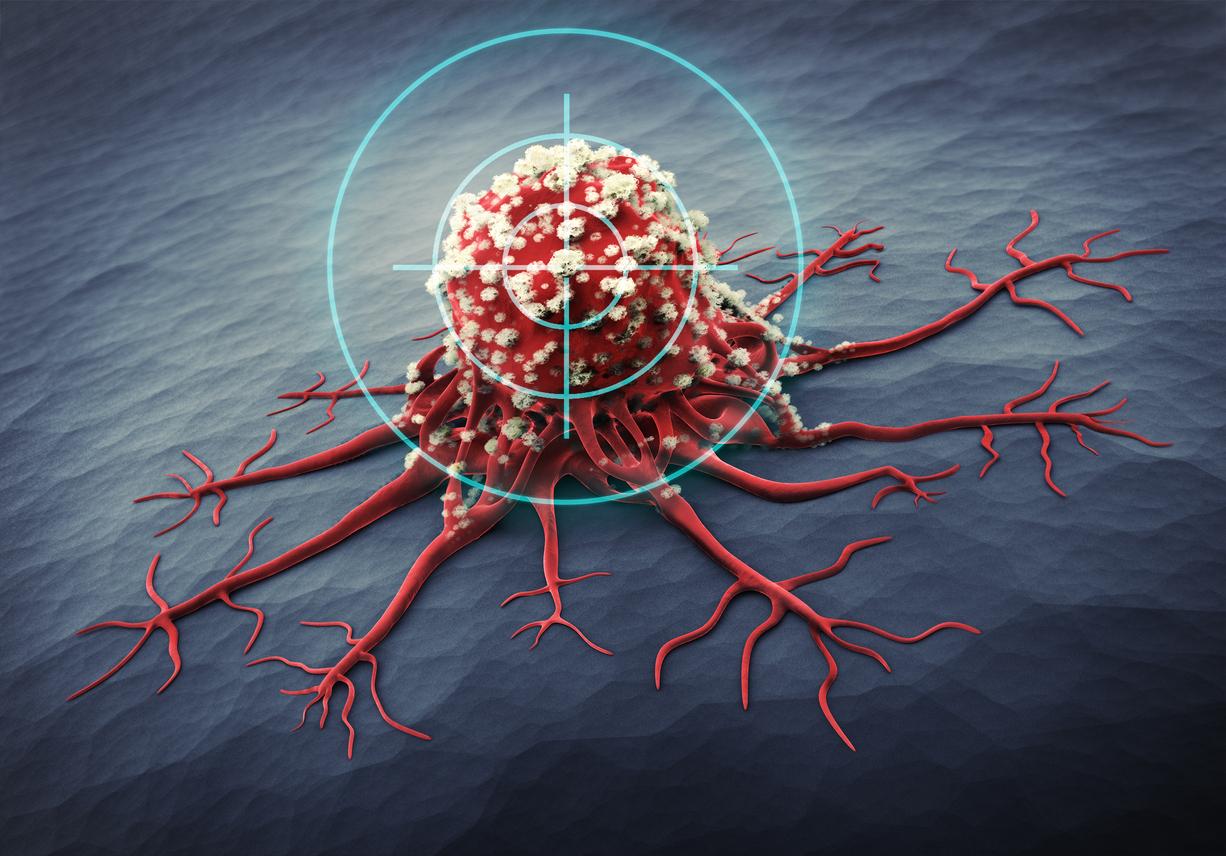INTERVIEW – The USA have authorized the sale of the artificial pancreas developed in France, by the team of Prof. Eric Renard. The French will have to be patient.

Marketing of the first artificial pancreas will begin in the United States at the end of April. After years of testing, it is a consecration for type 1 diabetics, but also for those who have developed it such as Prof. Eric Renard, from Montpellier (Hérault). But if our country has been a leader in this field, we will still have to wait for the reimbursement of the sensors for their marketing in our territory.
The artificial pancreas has nothing to do with an organ transplant: it is an insulin pump, which is partly regulated automatically according to the blood sugar level. This is measured using a sensor placed under the skin, which transmits the information to the pump equipped with a calculation system that will predict the evolution of blood sugar levels and therefore send an appropriate amount of insulin under the skin. .
Prof. Eric Renard, head of the diabetology service at Montpellier University Hospital and “father of the artificial pancreas”, returns to Why actor on this device.
How is the first placement of an artificial pancreas?
Prof. Eric Renard: The first step is to train the “postulant”, because the artificial pancreas is not 100% automatic. There is therefore an educational course during which patients are educated in the operation of the device. After the installation, the patient is called home every 2 days for a week, then the sling is released with the possibility at any time to call an expert team.
Several hundred patients around the world have participated in the trials and experience shows that everything plays out in the first 10 to 15 days: adults learn how the system works very quickly. It is true that they were a bit special patients because they were very involved and experts in their disease.
And in children?
Prof. Eric Renard : In children, diabetes is very unstable and therefore more difficult to balance. Few studies have been carried out at home, including some in France. They show that even if complete automation has not yet been achieved, children benefit from the equipment and adapt very quickly to its operation.
What is the weak point of the system?
Prof. Eric Renard : This is the case with all insulin pumps and their catheters: they can get clogged. You just have to change them. And then there is everything that is computer-related with, for example, disconnections between the sensor and the pump which are connected by close Wi-Fi. But the important thing is that the pump is not going to stop, it will go back to the starting setting, so there is no risk of ketoacidosis.
As for malice, namely hacking outside the pump, it is unlikely: indeed, the Wifi is at a very short distance, the potential hacker would then have to approach very close to the patient to try anything. On the other hand, if a web connection is made, it is different. The FDA has foreseen this possibility and has put in place protections.
When will the market be launched in France?
Prof. Eric Renard : Currently, the first obstacle is the non-reimbursement of the sensors which should be resolved shortly. Then, the marketing should go very quickly because the pumps are already reimbursed and the whole does not therefore require special authorization.
What will be the next stage of development?
Prof. Eric Renard : First, finding faster-acting insulins is currently well advanced. Then replace insulin with glucagon, another very powerful hormone that regulates blood sugar. But this research does not seem to be a very reliable lead, as many studies carried out in the USA have finally shown.
Finally, the intra-peritoneal route will undoubtedly be that of the future: the system has been implanted, so there will no longer be an external system as it is now. Its principle is to send insulin first to the liver which is the essential organ of glucose production (currently it is sent under the skin, editor’s note) which allows remarkable glycemic balances, even without a sensor. This gives you a real automated pancreas, without the constraint of accounting for carbohydrates at mealtimes.
In Montpellier, we are the first in the world to have developed this type of artificial pancreas, which already equips around a hundred patients. It’s the biggest study in the world that is attracting more and more followers and research, but it will still take quite a bit of time and budget to come up with what truly is a total artificial pancreas.
The system is very innovative compared to the existing pumps, because the automation is almost complete: it works perfectly well during the night, at rest and between meals. Patients get up in the morning with ideal blood sugar levels. This point is very important because if the blood sugar is not balanced in the morning, this imbalance will persist throughout the day.
On the other hand, at mealtimes, the patient must take control: he must inform the pump of the quantity of carbohydrates that he is going to consume and the latter will then offer him a certain dose of insulin that he will validate.
Why this semi-automatism at mealtimes? Because the insulin sent under the skin has too slow a response time to adapt to the amount of carbohydrate ingested.
It is the same at the time of physical activity: the patient must inform the pump manually because the glycemia is very variable according to the type of activity and according to the individuals. For example, playing tennis or squash will increase blood sugar levels, while it will drop with the bike.
.







